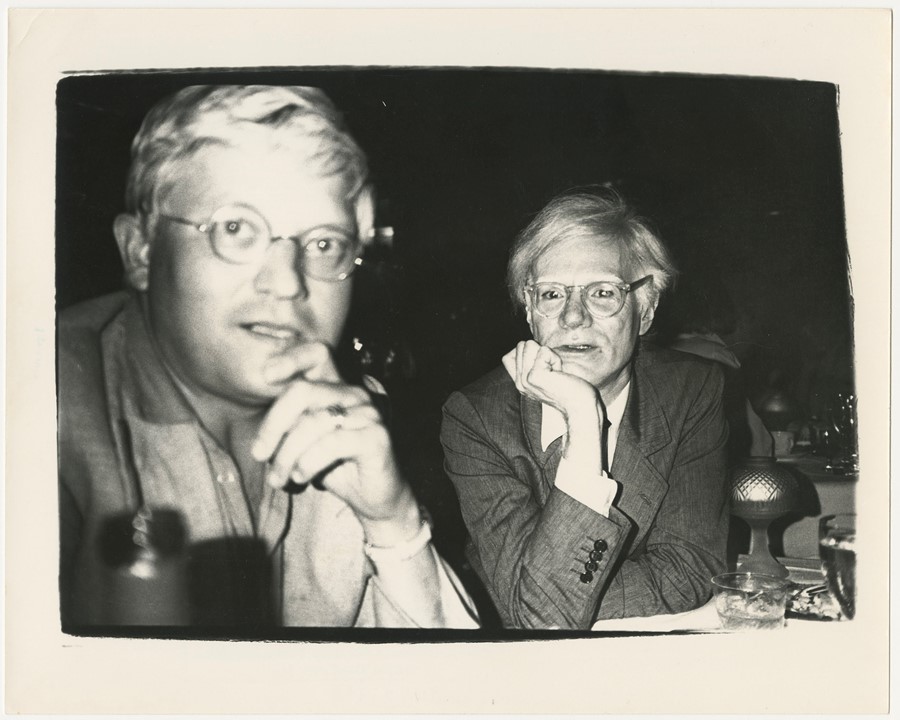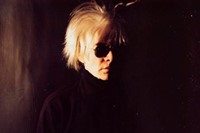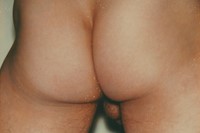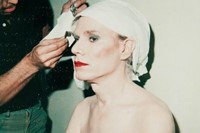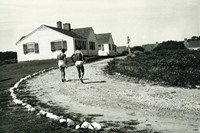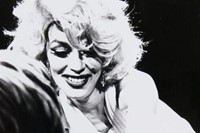As a new exhibition dedicated to Warhol opens at Château La Coste in Provence, collector and curator Jim Hedges talks us through his lesser-known photographs
Jim Hedges is standing outside an ancient bastide-turned-gallery in the heart of Château La Coste in Provence, while 48 pieces of his rarefied collection of Andy Warhol photographs are being drilled into the walls of its renovated interior. Voyages avec Warhol is just one of the shows being installed at the 600-acre hotel, sculpture park and vineyard, taking prime position on their small and dedicated roster of summer exhibitions hand-picked by Paddy McKillen, the art connoisseur, previous owner to Claridge’s and now owner of the eccentric art destination now playing host to the exhibit.
Hedges looks suave despite his cargo shorts, Stan Smiths and alleged jet-lag. Full name James R Hedges IV, he worked for 20 years as an early leader in “the hedge fund and alternative investments industry,” founding his own firm in New York in 1992. Now a collector, art advisor and curator, Hedges currently holds the world’s largest private collection of photographs by Andy Warhol and, like any superfan, can speak at length about his idol for as long as you could let him, which he did for a steady 20 minutes before I could ask my first question.
“Whether it’s a literal voyage of travel to someplace, whether familiar or exotic, whether it’s a voyage into culture, or of all that being American represents – those are the themes that I thought about when I selected this body of work,” he says. Whipping through Warhol’s experimental, unguarded archive, Voyages avec Warhol traces an encyclopaedic history of the artist whose feet were so heavily entrenched within both art and society, consumerism and mystique, artifice and spontaneity, an early adopter of the ‘the artist as a brand’ ideology, and a man who became as famous and beguiling as the work churning out of his Factory. Works span from 1972 all the way through to his lesser-known stitched photographs, which were displayed in January 1987 at Warhol’s only show that exhibited photography. This show was to be his last, as six weeks later the artist died after complications with gallbladder surgery, aged 58. Polaroids, photobooth strips and 35-millimetre silver gelatin prints capture New York’s stars, self-portraits, totems of the Americana, his own voyages around the world, and the erotic anonymised derrières of sex workers. “The curatorial possibilities are bottomless with Warhol,“ says Hedges. “You can always find the right material to help tell that story.”
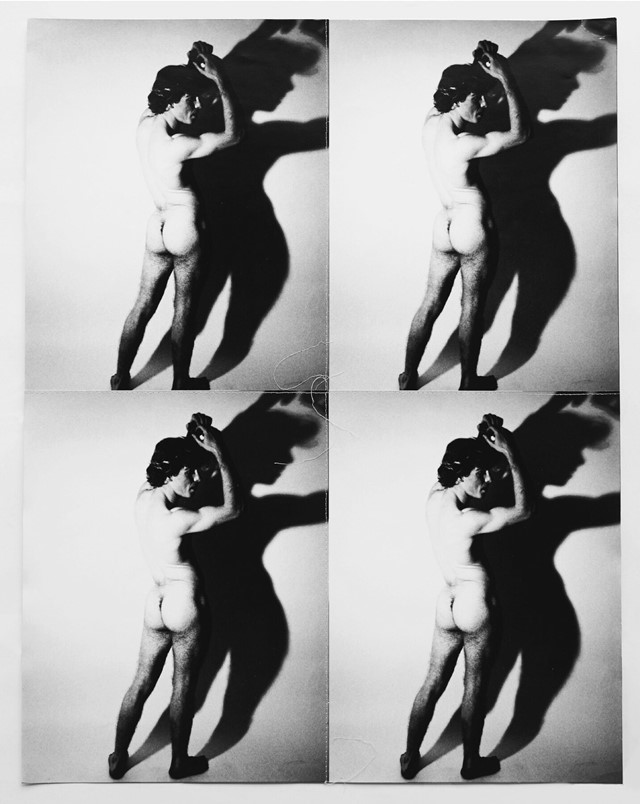
It’s easy to reduce Warhol to Pop art soup cans and Marilyn Monroe silk screens, but he was a photographer first and foremost. Born to a working-class immigrant family, and growing up in Pittsburgh, Pennsylvania, he owned his first camera at nine, developing his photos in his family home’s basement. A true romantic, he would refer to his camera as his “date”, and like any valiant chaperone, where Warhol would go, the camera stayed close. Come the late 70s, after facing litigation for breaching the copyright of an image through one of his signature silk-screen prints, almost all of the artworks he produced were first borne from an image he had taken.
“His portraits all started as Polaroids. He would take a photo of somebody, and then blow that up, turn it into an acetate screen,“ says Hedges. “Then if he was making a print he would put it on paper, and if he was making a painting he would put it on canvas – but it was really the same process.” Hedges points towards a nearby example: a striking photograph of Blondie’s lead vocalist. “When Debbie Harry went in [to the Factory] to have her portrait made, she gets made up, Warhol takes like 25 Polaroids of her, they stand at the table, they look at them and they say ‘this would be a good one for our print’ and ‘this would be a good one for a painting’. They decided collaboratively.”
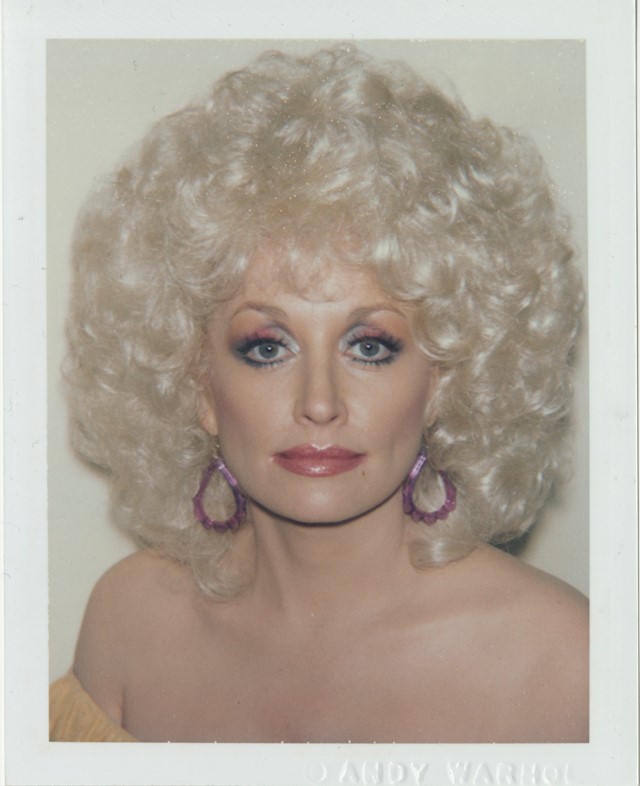
Hedges’ prodigious knowledge of Warhol began with meeting Tim Hunt, the flâneur and the curator at the Andy Warhol Foundation, who passed away in 2017. “He was part of the Factory for decades, and so steeped in knowledge. It was incredible. I would go into the Foundation warehouse, and I would sit down with three ring binders and go through thousands of photographs. He was like a teacher, and the more I learned, the more in depth it became, and the more obsessive I became about it.” Dots started to connect from Hedges’ early love of Interview, the magazine founded by Andy Warhol in 1969. “I’m originally from Tennessee in the south. Interview magazine and Warhol were sort of like my bright lights on the horizon.” It was Warhol, after all, who coined the zeitgeisty ‘15 minutes of fame’ expression – a seductive phrase that’s seemingly all the more applicable as time goes on. “The celebrity, the art world, the New York life – all that stuff really excited me a tremendous amount. For somebody in my generation, it’s all incredibly … tasty.”
But what of Warhol’s relevance today? Books have been published this year, such as Nicole Flattery’s darkly humorous commentary on the Factory’s superficial obsession with power and celebrity, while the older sister of Warhol superstar Edie Sedgwick published a controversial takedown of his glossy gang of “narcissists” – yet even his critics can’t dismiss Warhol’s impact on art and popular culture. The artist’s swan song was himself becoming a consumerist product, embodying a movement he helped to ignite that was procurable far beyond those prophesied 15 minutes. “Warhol is a conceptual artist. He had a robust set of ideological tools that were applied to a very broad set of subjects and themes through his lens. It’s much more than [Pop art],” Hedges says. “You can trace Warhol’s influence through the vast majority of leading contemporary artists today. It’s so entrenched in how you grew up, artists that you know, the people that you meet at art fairs. Part of the air that we breathe is Warhol.”
Voyages avec Warhol is on show at Château La Coste until 10 September 2023.
